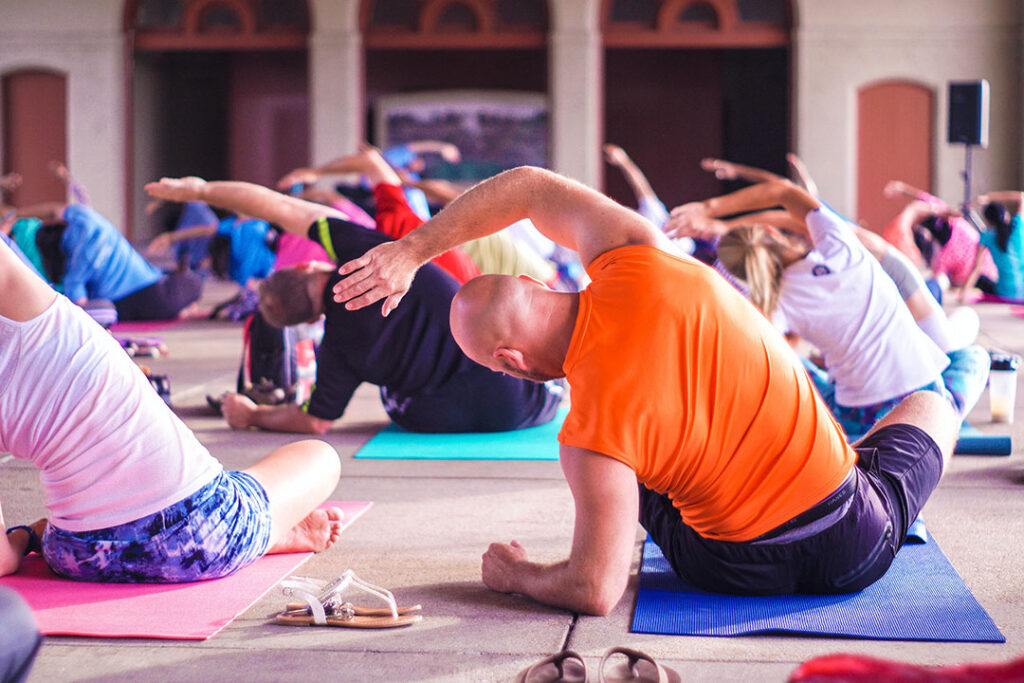There are many types of Arthritis, and this particular blog post relates to Osteoarthritis and Fibromyalgia.
What is Osteoarthritis?
The simple osteoarthritis definition provided by the NHS is outlined as ‘a condition that causes joints to become painful and stiff‘, but the mechanisms behind osteoarthritis are a lot more complicated. It’s also referred to as arthrosis, osteoarthrosis or OA and is a degenerative disease that causes the cartilage that protects the ends of your bones to wear down. This causes pain, swelling and problems with mobility. Typically, the protective fluid in the joint loses its shock-absorbing abilities, causing bones to rub against each other. This causes the bones to thicken and stick out, a symptom known as spurs. OA will also cause the capsules and ligaments, bands that hold the joint together, to thicken as extra fluid forms around the joint. The end result is swelling and the joint appears larger.
The most common symptoms of OA are pain and stiffness in the joint, with some people experiencing swelling, tenderness and a grating sound when using the damaged joint. The severity of symptoms differs from person to person with some feeling mild discomfort that can come and go and others suffering continuous debilitating pain, which can make it difficult to go about their daily activities.
What is Fibromyalgia?
Also known as fibromyalgia syndrome (FMS), is a type of arthritis that affects the body’s muscles, ligaments and tendons, potentially causing pain all over the body. Like other types of arthritis, fibromyalgia is incurable but treatments, including medication, therapy and exercise, can help relieve the symptoms and make the condition more bearable. Exercise in particular has been found to have a number of important benefits for people with fibromyalgia, including helping to reduce pain.
Why Yoga
Arthritis essentially restricts movement. Yoga increases range of movement. So, with some adjustments, specifically for, you can find a practice that suits you and your body.

The Benefits of Yoga
- Yoga is a safe and effective way to increase physical activity, improves strength, flexibility and balance for everyone and can also be beneficial for people with arthritis.
- You can practise yoga anywhere which makes it so easy to incorporate into everyday living. You can practise exactly where you are.
- People with arthritis who practice yoga regularly can eventually see improved physical function.
- Yoga can enhance pain management, thereby improving function.
- Yoga can also benefit people with stiff joints due to arthritis. Stretching exercises in general help improve range of motion, so the fact that you’re stretching in yoga will help flexibility and mobility.
- Yoga’s emphasis on introspection/Self-study (Swadhyaya) – pinpointing the sources of pain or anxiety and learning to relax them (Ishwara Pranidhana or Surrender– can be extremely useful in pain management with the use of breath (Pranayama) and Meditation (Dhyana). In yoga, you develop a communication with your own body.
- Postures can be modified to suit your needs. Blocks, bolsters, straps, chairs etc can be used and also to help with your balance during poses. Iyengar yoga, in particular, is often recommended for people with arthritis however gentle flows can also be of benefit. Its about knowing your limitations and working with modifications.
- You can take up yoga even if you have restricted mobility, but if you are in pain, you should stop. Don’t push yourself too hard and always listen to and respect your body. Always work within your level of comfort.
Useful Link